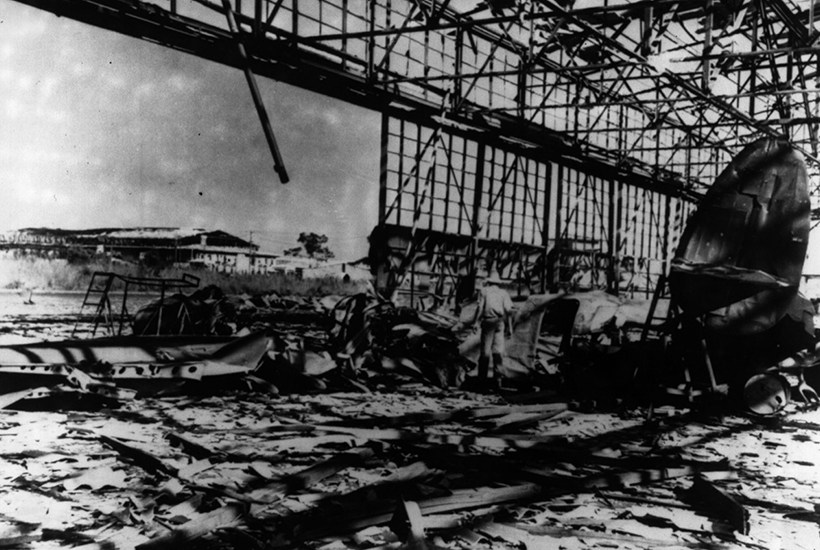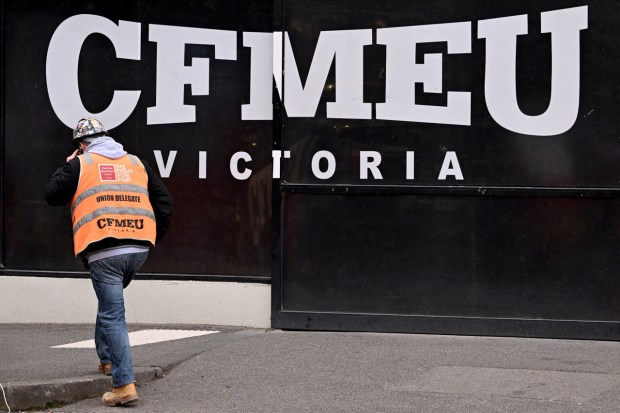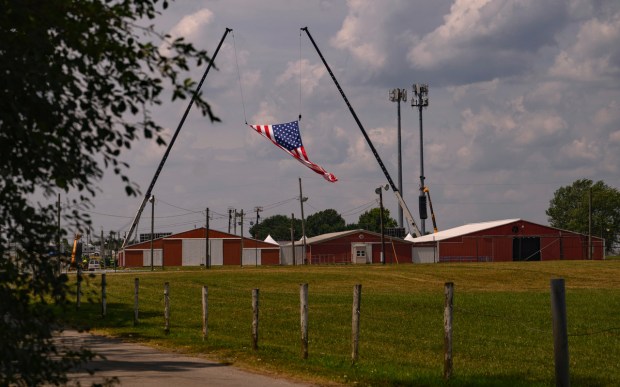The 80th anniversary of the first air raid on Australia occurs this year on 19 February. The numbers associated with the attack — and beyond — give some measure of the huge extent to which northern Australia was involved in second world war.
236 is the number of deaths of Australians — and 128 of those were in American service — which occurred on the day.
Already a subscriber? Log in
Subscribe for just $2 a week
Try a month of The Spectator Australia absolutely free and without commitment. Not only that but – if you choose to continue – you’ll pay just $2 a week for your first year.
- Unlimited access to spectator.com.au and app
- The weekly edition on the Spectator Australia app
- Spectator podcasts and newsletters
- Full access to spectator.co.uk
Unlock this article
Dr Tom Lewis’s latest publication is Australia Remembers 4: the Bombing of Darwin, a book for upper primary/lower secondary students. It is available from Big Sky Publishing and bookshops.
You might disagree with half of it, but you’ll enjoy reading all of it. Try your first month for free, then just $2 a week for the remainder of your first year.












Comments
Don't miss out
Join the conversation with other Spectator Australia readers. Subscribe to leave a comment.
SUBSCRIBEAlready a subscriber? Log in